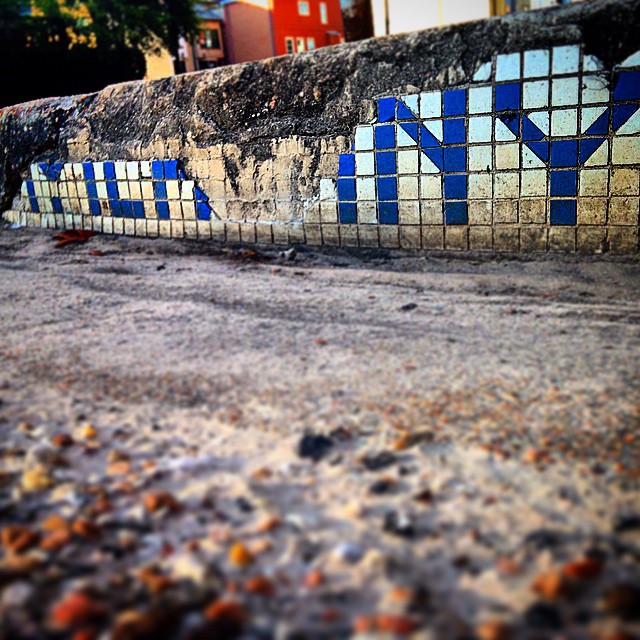
Downtowner Joey Sanchez has begun a project to photograph and document what he refers to as Houston’s first form of “street art”: the old school tile street signs that still stand guard by the curbs of a number of older city intersections. Already posted to the website he set up for the Blue Tile Project: an interactive map to confirmed locations — and links to Facebook and Instagram accounts, where photos of the signs, in various states of disrepair and dislocation, are posted. Sanchez reports he’s already found more than 160 of the signs, which he claims date from the 1920s.
***
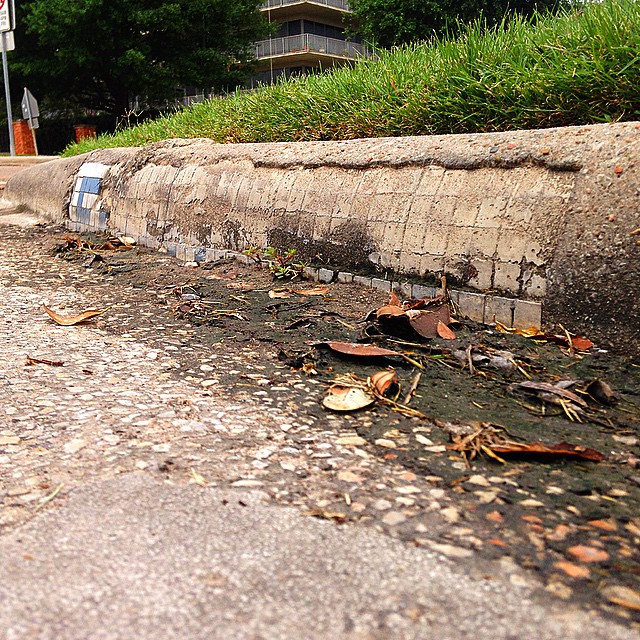
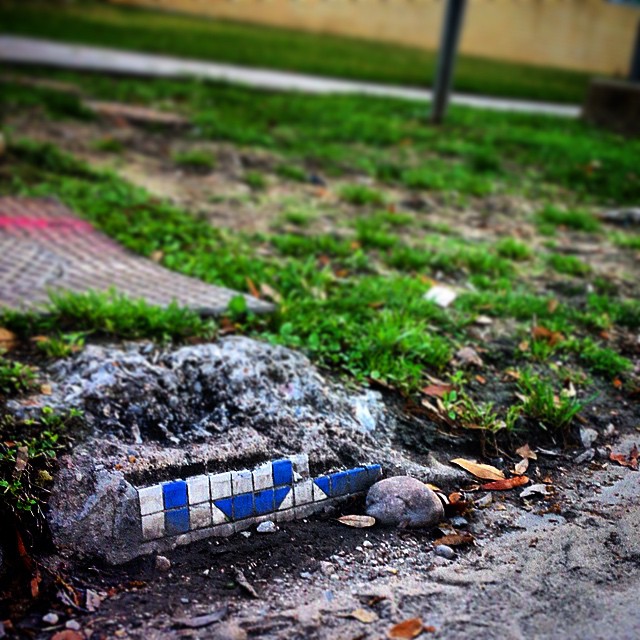
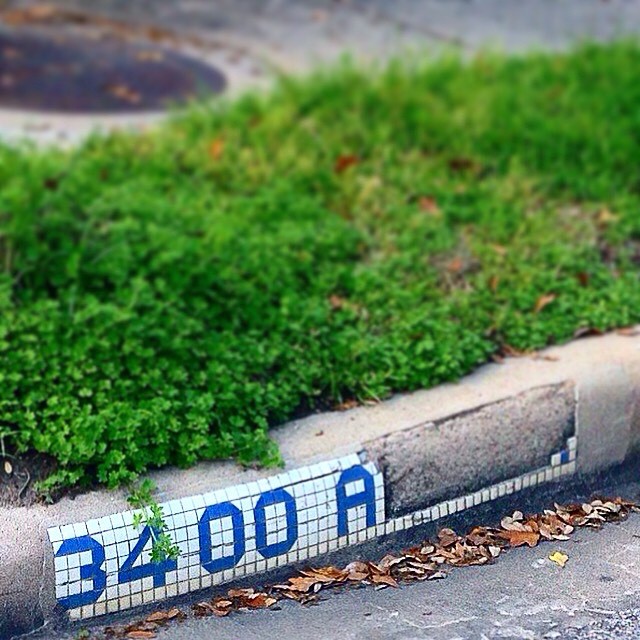
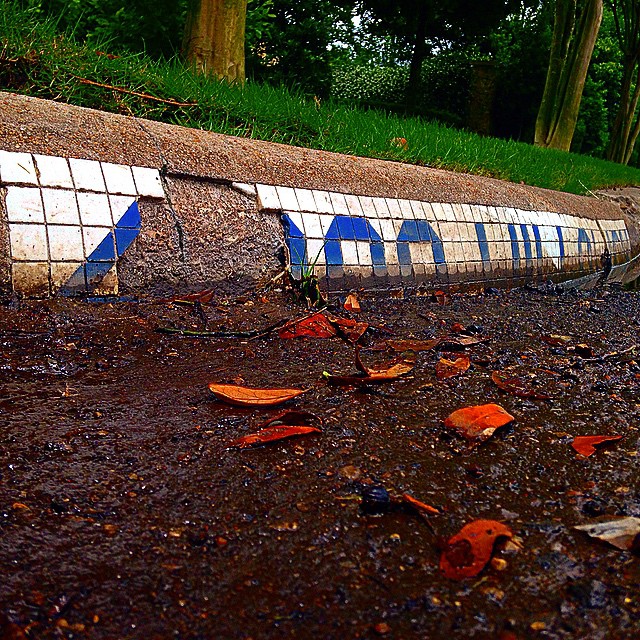
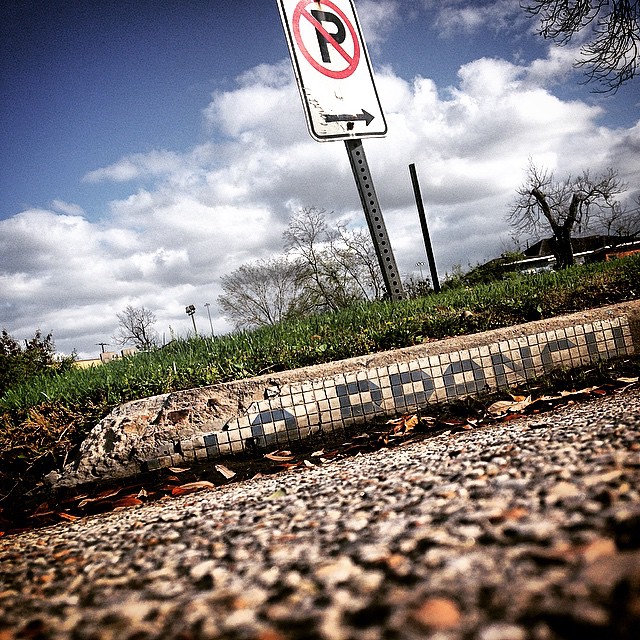
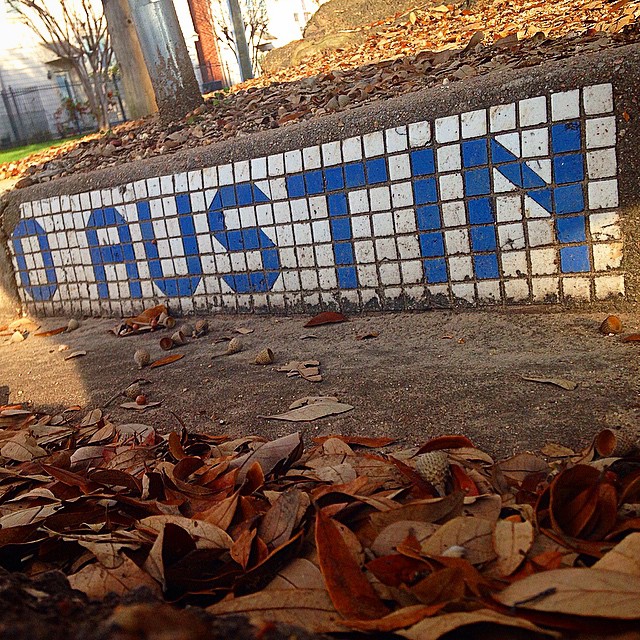
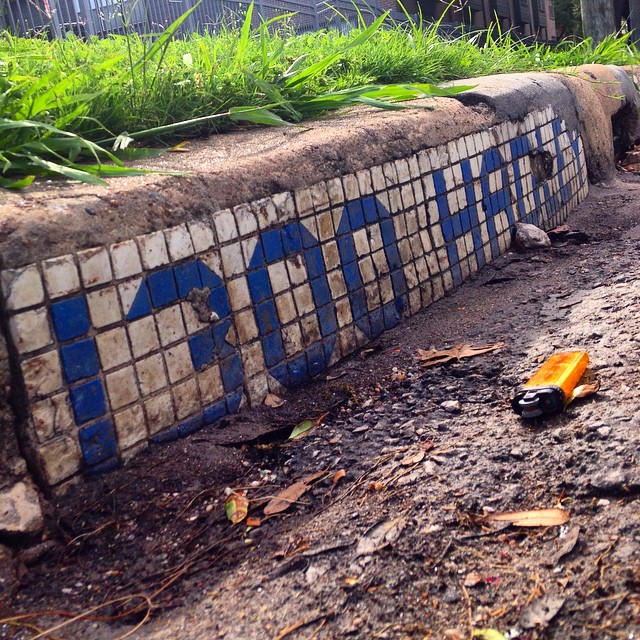
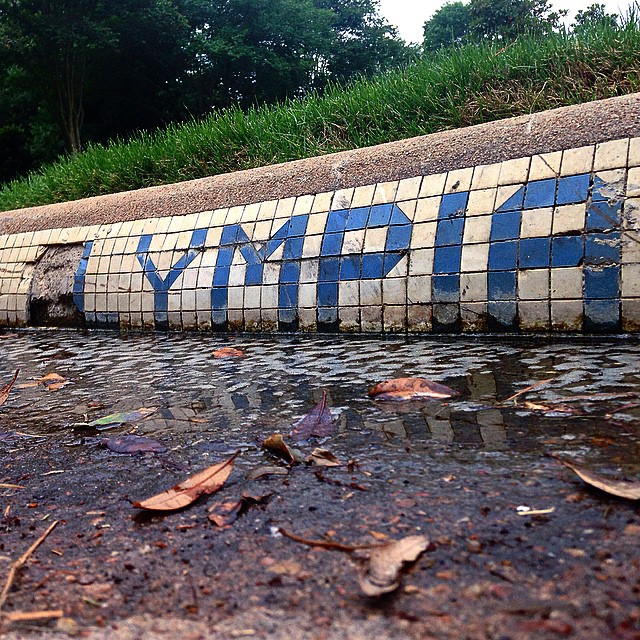
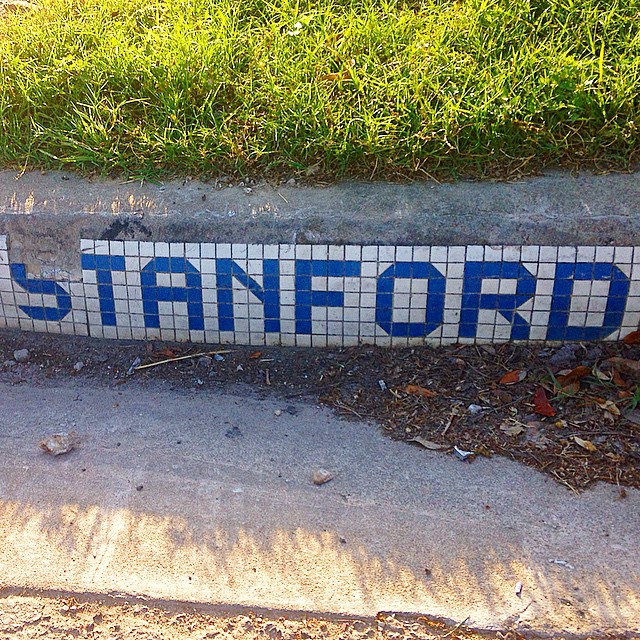
- Blue Tile Project
- Houston man on a mission to document the city’s vintage curb tiles [Houston Chronicle]
Photos: Joey Sanchez
The Blue Tile Project



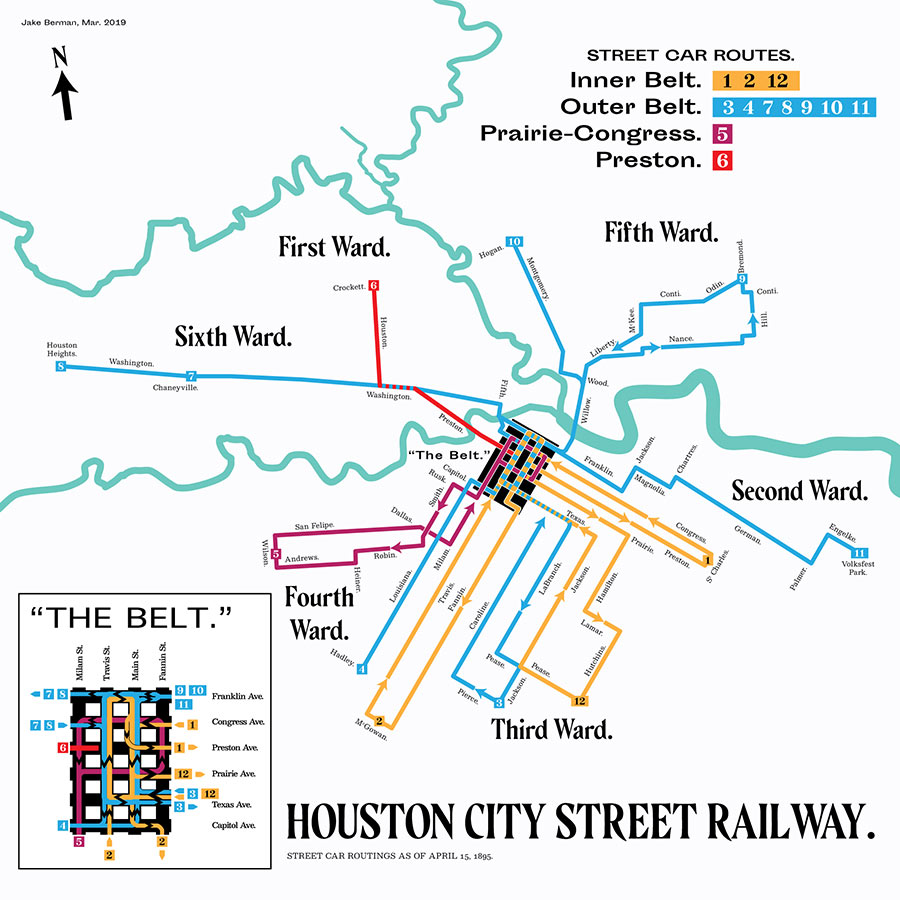
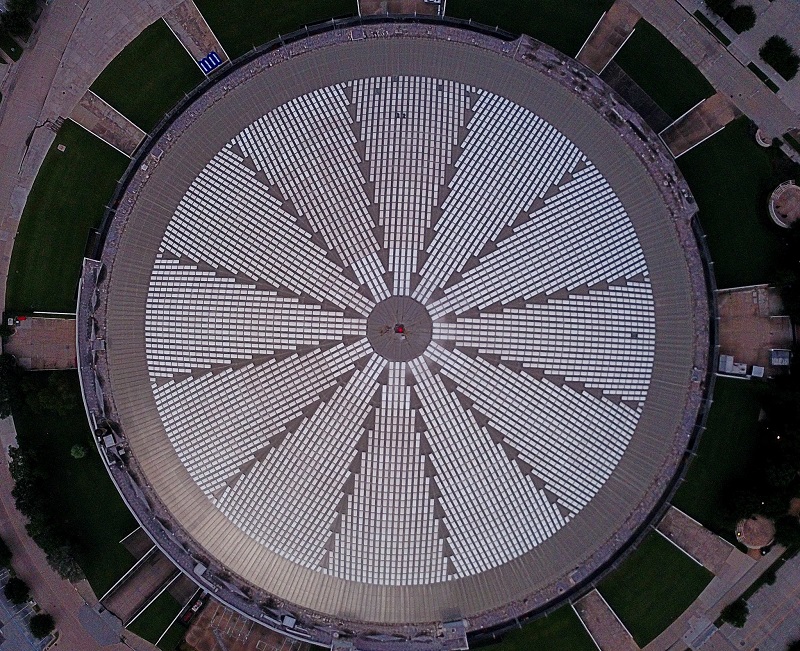
Is there any reason this kind of thing cannot revive? I know the curb is technically the city’s, but they do expect Johnny Resident to maintain it, and there seems to be no issue having one of those stencil companies come out and paint numbers into the curb…?
This seems like a reasonably easy 1 day job for somebody that has a clue of what they are doing. For me, it would be an exercise in buying cheap tiles in the right amount, and tons of “kragle”.
I know of several in & around the Montrose area. Can’t upload pics from my fricking “smartphone” !!!
They have them section 18 in Oak Forest – not likely to have been there since the 1920s, although some are now partially covered by asphalt through repeated resurfacing of the road. Sometimes the “Donna” in Donna Bell Lane is spelled “Dona”–maybe they were trying to conserve blue tiles?
First Ward has the tile curbs and concrete sign posts. Spring Street Studios rescued a lot of the tile curbs.
It broke my heart when my corner lot in Braeswood Place had them torn out when they “upgraded” the street/curb/sidewalk. I saved the little blue tiles! Some of the neighborhood (off Academy) used to have the small concrete street signs as well. Academy’s been upgraded too and I don’t remember if they still have those.
These can be found throughout Woodland Heights. I’d be interested to find out if those tiles, or an accurate reproduction, can still be bought somewhere.
There’s a ton & my neighborhood too (Northside). SOme are crumbling, but many are still in tact but we do have inconsistencies like that mentioned above. McKee St vs Mc Kee St. They also have the block numbers incorrect on some streets but I love it.
Yeah, there are a lot of them in Montrose, but in some areas (Westmoreland) the roads have so many layers of paving that the curbs are literally hidden under.
I’ve had this idea for years and it’s nice to see someone actually doing it. It looks like he hasn’t ventured east of the 59 yet…treasures await.
suprised the houstorian hasn’t formed the “Blue Tile Project” kickstarter
We’ve got them in Idylwood.
I think the concrete corner posts are even older than the blue tiles. Still some of those remaining around town. Would be nice to save a few and have some sort of museum exhibit on the progression of street signs through time. I’m sure there is a traffic knurd somewhere who could put this together.
We have a number of these along Lawndale. I will have to try and get some pictures, but some of them were damaged & removed like Colleen said when the sidewalks were worked on a couple years ago.
JRG HTX – Lots of people have their numerical address painted with all kinds of personalized designs on the curb in front of their house and one homeowner has applied the decorative number tiles you (single digits on each–so there are only 4, not hundreds of small tiles like these) as well. Some of those existing concrete post street signs have been painted by residents to make them more visible, too (one near my house is dark green with the letters painted white). I have not heard of anyone from the city objecting to it.
Someone in Montrose (along Dunlavy, I believe) had an intact section of blue tile curb sitting on their front lawn as an ornament years ago. Not sure if it’s still there. There’s an old concrete sign post at San Felipe and Briar Hollow Lane, but the bottom 25% has been covered in asphalt.
There are still some remaining tile street signs in the Broadmoor section of Greater Eastwood, but they’re black and white instead of blue and white! The subdivision was platted in the 1920’s but streets may not have been paved until the 1930’s. Most streets were resurfaced with asphalt decades ago.
@Superdave: The cast concrete street name posts were installed by COH after WWII, in the late 1940’s-early1950’s. They have steel rebar inside, which wasn’t affordable during the Great Depression or available during the war. Their original paint job was white with black incised lettering.
At the corner of Milford St. and Bayard Lane, behind the Christian Science Church on Montrose Blvd., a blue-tile curb street sign says Sycamore St. However, the modern pole street sign at the same corner says Bayard. A photo of the two together would make an interesting contradictory sign confusion.
I was gonna glue mine back on, but too many were destroyed or missing.
Why don’t individuals find a company to match the tile colors and recreate them? I understand that it’s no longer original and for some that’s a non-starter, but if you’re trying to preserve the original character, I think it’s better to have replicas where needed than a bunch of half destroyed street markers.
For those who wish to restore the curb signs or create new ones, the tiles are still available. Google “unglazed porcelain mosaic tiles” for suppliers. They’re the same tiles as those used for restoring bathroom floors in old houses and usually come glued to a mesh backing that’s a foot square. The tiles can be removed separately to cut and arrange.
Remember having them on the streets around a duplex I rented near Boulevard Oaks. Nice touch.
There are plenty of blue tiles in Midtown, not at the curb level but on the sidewalk. They are right-side-up when walking south. I seem to recall that Brazos and Smith have the most.
Greater Southeast put in new blue tile street names when they redid the intersection of Blodgett and Ennis a couple years ago. I’m sorry if your management district isn’t as cool as ours.
Well whaddyaknow, good on whoever was responsible for that: http://goo.gl/maps/VG8wr
I too have been documenting Houston’s curb tiles. One at the corner of Crosby at Andrews was made upside down for reasons unknown. And just like “Dissonnett” street, several are misspelled. It seems that outside loop 610 there aren’t any tiles, that means about 1960 or 1961 it stopped. Too bad many were destroyed to put curb ramps in, but some were saved just in time! Would any of my photos be useful on your site?
I am loving the interest in these tile street markers!
A detail that so many have noticed, considered, appreciated, missed!
Does anyone know the genesis? Was it a City initiative that faded away. Due to cost, or what?
Maintenence over the years probably became an issue.
As driving speeds increased they would be harder to see/read…
Of course ADA curb cuts in the 1970’s would have removed a lot of them.
Just thinking out loud… :-)